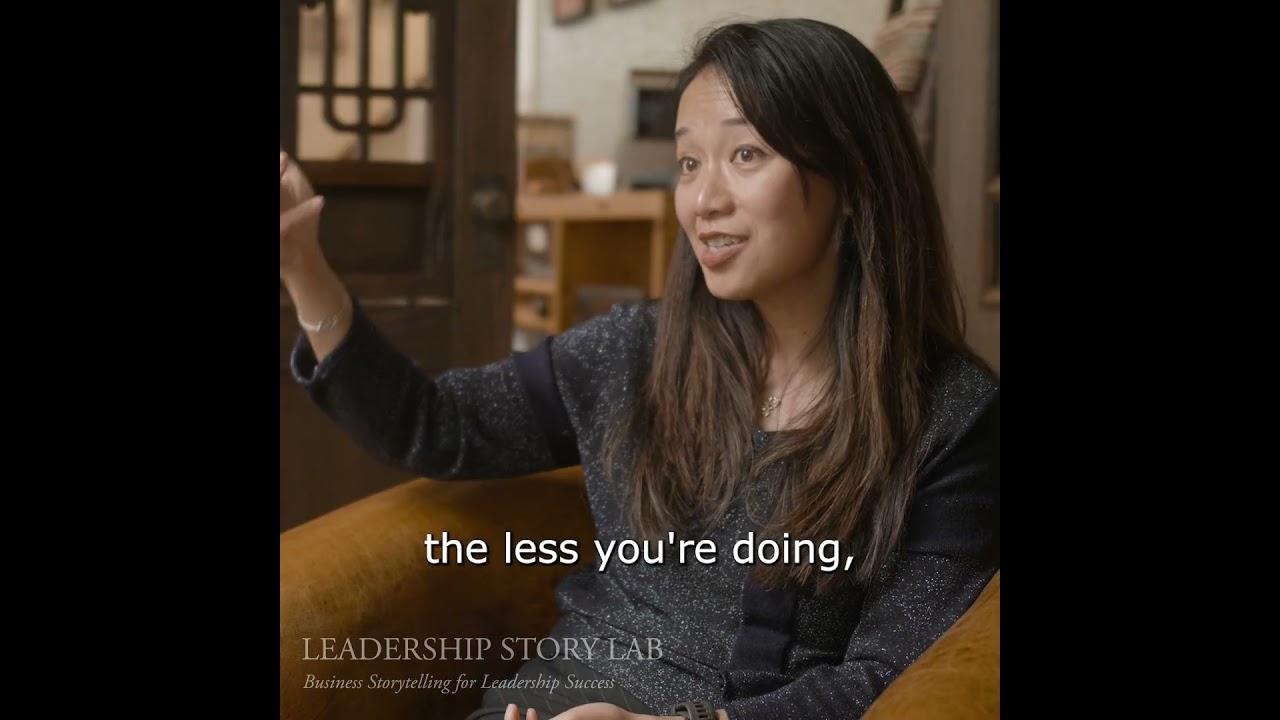In recent years, the world of chess has transcended its traditional boundaries, thanks in no small part to the cultural phenomenon that is “The Queen’s Gambit.” This Netflix miniseries captivated audiences with its portrayal of a young female prodigy, Beth Harmon, navigating the male-dominated chess scene of the 1960s. While the show has been lauded for its stylish storytelling and compelling character arcs, it also invites critical examination regarding its impact on the discourse surrounding representation-in-wonder-woman/” title=”In-depth analysis of gender representation in Wonder Woman”>gender dynamics. Does “The Queen’s Gambit” serve as a genuine beacon of empowerment for women, or does it risk oversimplifying the complex realities of gender struggles by packaging them within a fictional narrative? This article delves into the dualities of representation and reality, exploring whether the series offers a progressive lens on female empowerment or inadvertently glosses over the nuanced challenges women face in their pursuit of equality.
Cultural Impact and Representation in The Queens Gambit
The Netflix series, The Queen’s Gambit, has undeniably left a significant mark on popular culture, sparking renewed interest in chess and garnering praise for its portrayal of a female prodigy in a male-dominated field. Yet, the show has also faced criticism for its depiction of gender dynamics and the potential oversimplification of the complexities faced by women. While Beth Harmon, the protagonist, is portrayed as a trailblazer, the narrative tends to isolate her struggles from the broader socio-cultural barriers that women encounter. This raises questions about whether the show genuinely empowers women or inadvertently diminishes the ongoing fight for gender equality.
- Character Depth: Critics argue that Beth’s character, while compelling, operates in a somewhat sanitized environment, where gender discrimination is acknowledged but not deeply explored.
- Historical Context: The series sets itself during a time when women faced significant obstacles in chess, yet Beth’s story seems to bypass the entrenched misogyny of the era, potentially oversimplifying real historical challenges.
- Empowerment vs. Tokenism: While Beth’s success story is inspiring, some viewers feel it risks becoming a tokenistic representation of female empowerment if not contextualized within the broader struggles of women in similar fields.
In essence, while The Queen’s Gambit offers a narrative of triumph and resilience, it invites a deeper conversation about the portrayal of gender struggles in media and the delicate balance between empowerment and oversimplification.

Analyzing Gender Dynamics and Stereotypes in Chess
The Netflix series, The Queen’s Gambit, has sparked widespread discussion about its portrayal of gender dynamics within the traditionally male-dominated world of chess. While the show undeniably brings attention to the presence of women in chess, it raises questions about whether it truly empowers women or merely glosses over the deeper struggles they face. The protagonist, Beth Harmon, navigates a world where her gender often puts her at a disadvantage, yet her exceptional talent is portrayed as the sole key to overcoming societal barriers. This portrayal may inadvertently suggest that only extraordinary women can succeed in male-dominated fields, potentially overlooking the systemic challenges that ordinary women encounter daily.
Critics argue that the series simplifies gender struggles by focusing heavily on individual triumph rather than addressing broader societal issues. The narrative often sidesteps the pervasive stereotypes and biases women face, instead depicting Beth’s challenges as personal hurdles rather than symptoms of a larger issue. Key points of critique include:
- The absence of female camaraderie and support networks, which are crucial for empowerment.
- The depiction of male characters as mostly supportive, potentially minimizing real-world sexism.
- The notion that exceptional talent is required for women to break barriers, which may not reflect reality for many.
While The Queen’s Gambit serves as a catalyst for conversation, it is essential to delve deeper into how gender dynamics are portrayed and to recognize the multifaceted nature of gender struggles in chess and beyond.

The Intersection of Feminism and Entertainment Media
The acclaimed series The Queen’s Gambit has sparked widespread discussions about its portrayal of gender dynamics, leaving audiences to question whether it serves as a genuine portrayal of female empowerment or if it inadvertently simplifies the multifaceted nature of gender struggles. On one hand, the show highlights the journey of Beth Harmon, a woman succeeding in the male-dominated world of chess, showcasing her intelligence, determination, and resilience. Her triumphs can be seen as a testament to breaking barriers and redefining societal expectations. However, the portrayal of her success may overlook the complex realities many women face, potentially reducing her achievements to mere narrative conveniences rather than reflecting the nuanced battles against systemic gender biases.
- Empowerment Through Success: Beth’s victories in a traditionally male sphere can inspire viewers and symbolize the breaking of gender norms.
- Simplification of Gender Issues: The show might sidestep deeper issues by focusing on individual triumphs, potentially ignoring the broader systemic challenges women encounter.
- Representation and Reality: While the series portrays a strong female protagonist, it raises questions about whether it fully addresses the intersectional struggles faced by women beyond its narrative scope.

Recommendations for Future Storytelling in Female-Centric Narratives
To craft more nuanced and empowering female-centric narratives, it’s essential to focus on multi-dimensional character development. Rather than solely emphasizing a woman’s struggle against societal norms, stories should delve into her personal journey, aspirations, and the complexities of her relationships. Key elements to consider include:
- Authentic Representation: Ensure diverse voices and experiences are depicted to reflect the varied realities women face.
- Complex Characters: Develop female protagonists with rich backstories, distinct flaws, and evolving strengths.
- Balanced Storylines: Highlight both personal and professional challenges, showcasing a realistic balance between ambition and other facets of life.
Moreover, collaborative storytelling can enhance authenticity. Encouraging women writers, directors, and producers to bring their perspectives to the forefront can result in narratives that resonate more deeply with audiences. By prioritizing these elements, storytelling can transcend clichés and contribute to a more profound understanding of gender dynamics.
